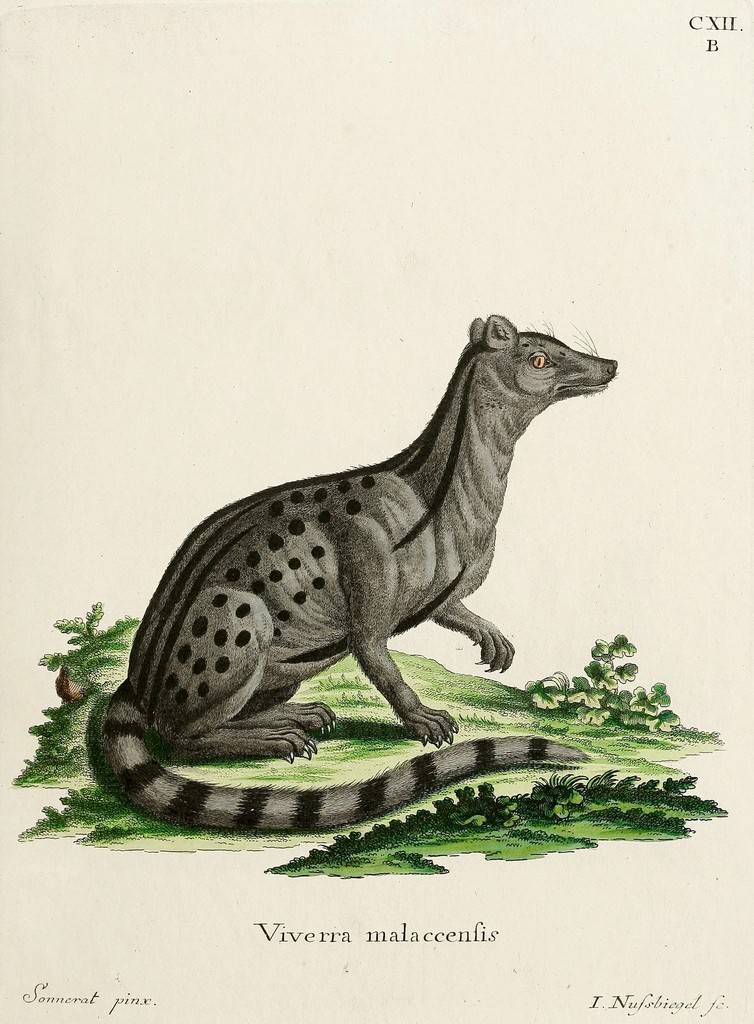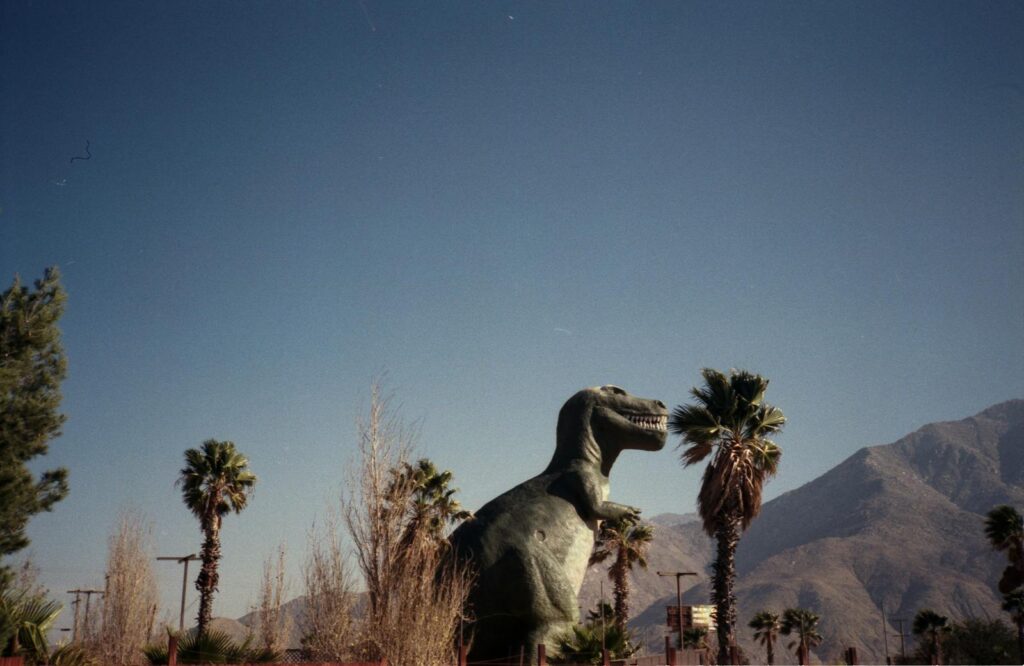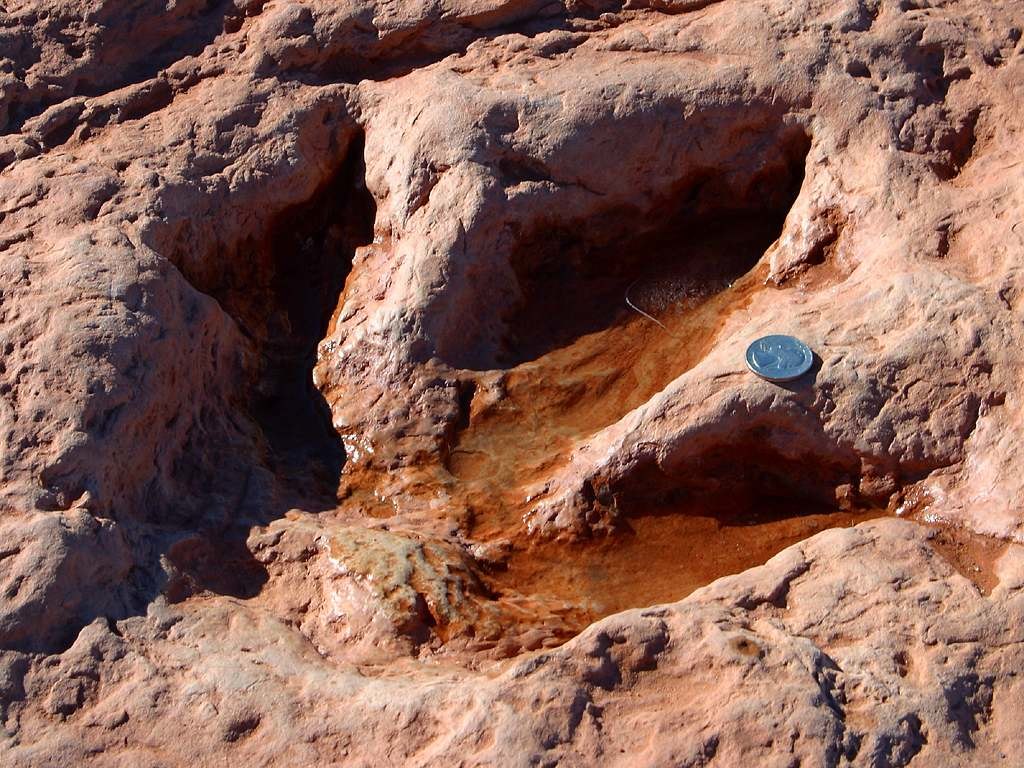Recent years have delivered some truly remarkable dinosaur discoveries that are reshaping our understanding of prehistoric life. From Africa’s spikiest dinosaur to mysterious meat-eaters with their last meals still intact, these findings are revealing just how diverse and surprising the Mesozoic world truly was.
Think you know dinosaurs? These discoveries might make you think again. Each new fossil tells a story that challenges what we thought we knew about these ancient giants. Let’s explore the most groundbreaking dinosaur discoveries that have emerged from rock and time in recent years.
Romania’s Mysterious Giant Sauropods Challenge Island Dwarfism
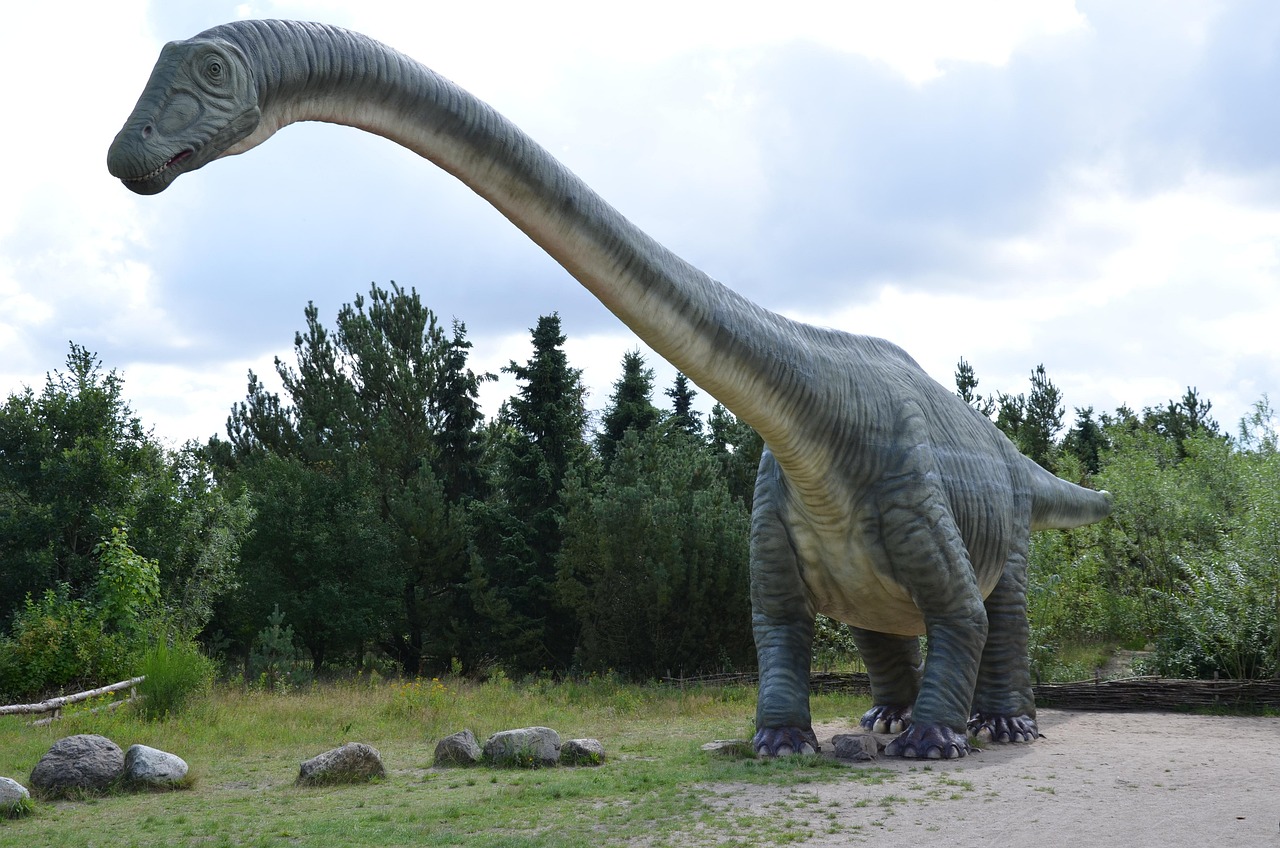
Two new sauropod species, Petrustitan hungaricus and Uriash kadici, were discovered in Romania’s fossil-rich Hațeg Basin, which was once a large island roughly the size of Ireland during the Cretaceous Period. Scientists had long believed that dinosaurs on this ancient island became smaller due to limited resources, a phenomenon known as island dwarfism.
However, the discovery of the large sauropod Uriash challenges this assumption, with researchers finding that local evolution was more complex than previously thought, showing that not all species reduced their size. These fossils are helping scientists understand that the diversity of these long-necked plant-eating dinosaurs in Europe during the Late Cretaceous was far greater than previously thought.
The Enigmatic Dog-Sized Runner From Colorado
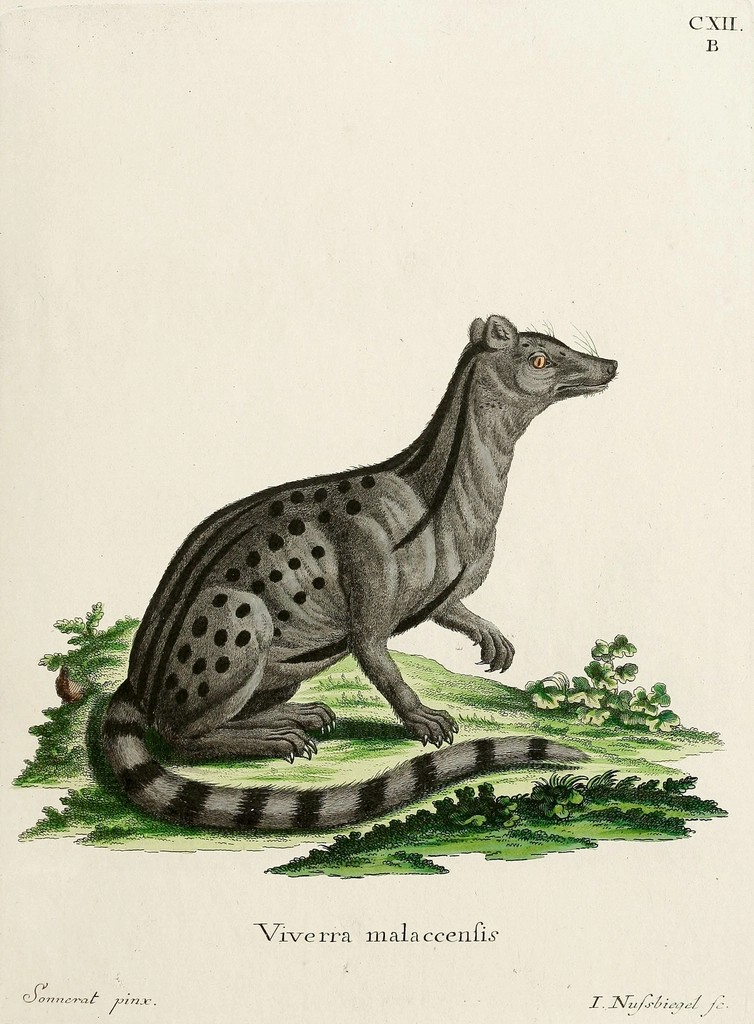
Enigmacursor mollyborthwickae was about the same size as a Labrador retriever, with a tail that made up about half of its length. Many of its bones were unearthed from the Morrison Formation in Colorado in 2021-2022, though its skull and parts of its vertebral column were missing.
This herbivore would have walked on its long hind legs, which suggests it was quite a speedy runner, allowing it to make a quick getaway from predators. The species name honors donor Molly Borthwick, while the genus name is Latin for “mysterious runner.” What makes this discovery particularly interesting is how these small dinosaurs often get overlooked by fossil hunters searching for bigger, more impressive specimens.
Morocco’s Punk Rock Dinosaur With Meter-Long Spikes
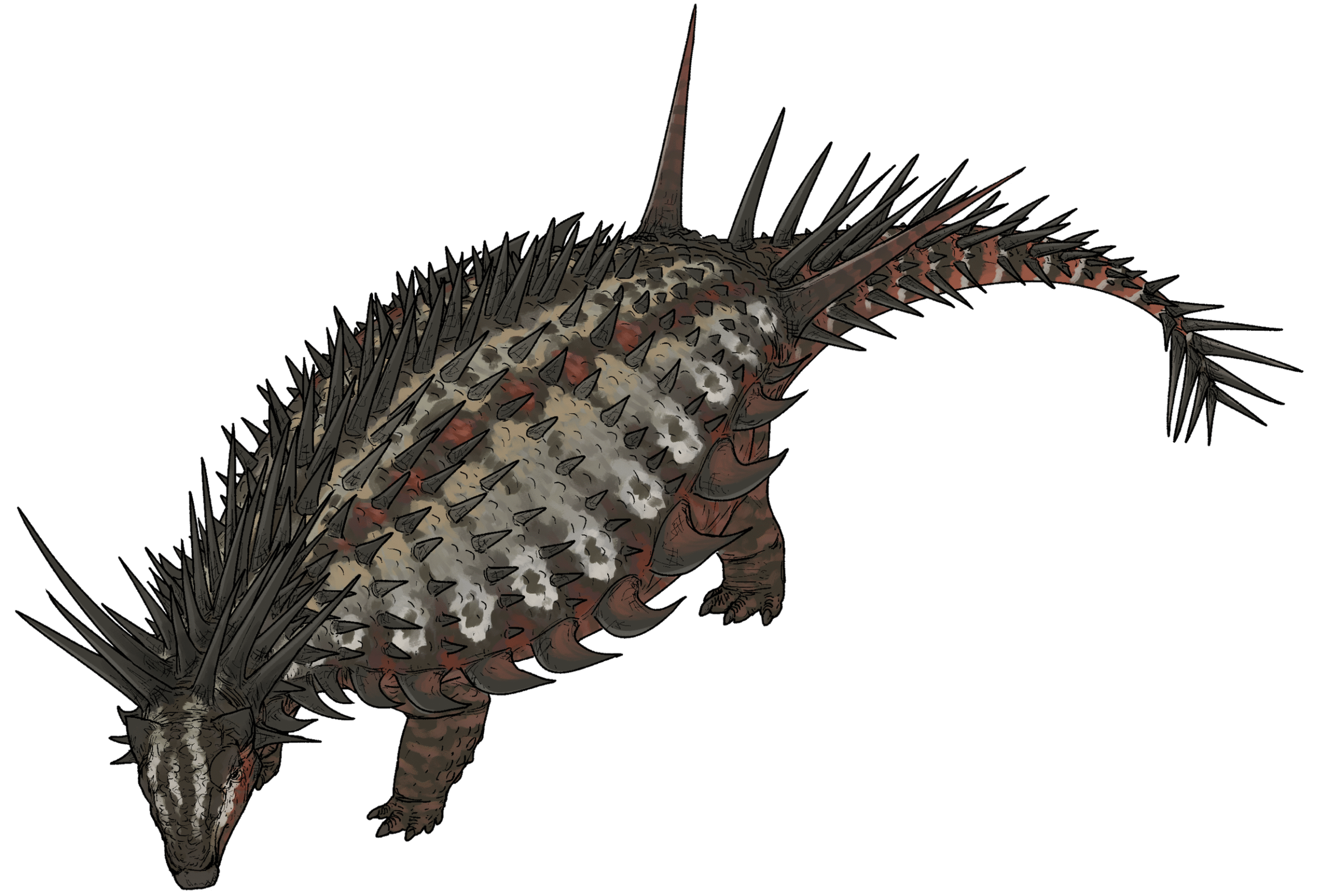
Spicomellus afer’s skeleton was covered in extraordinary bone spikes measuring up to a metre long. Spicomellus is the world’s oldest ankylosaur, having lived more than 165 million years ago in the Middle Jurassic near what is now the Moroccan town of Boulemane.
Many of Spicomellus’ spikes were fused to its bones, which is completely unlike any animal living or dead, and raises real questions about how this animal moved. The armor of Spicomellus is much more elaborate than that of later ankylosaurs, and no later ankylosaurs have spiky ribs, with the most elaborate ankylosaur armor of all time present in the oldest member of the group. Scientists describe it as the “punk rocker” of its time, completely defying expectations about early armor evolution.
Argentina’s Megaraptor With a Crocodile in Its Jaws
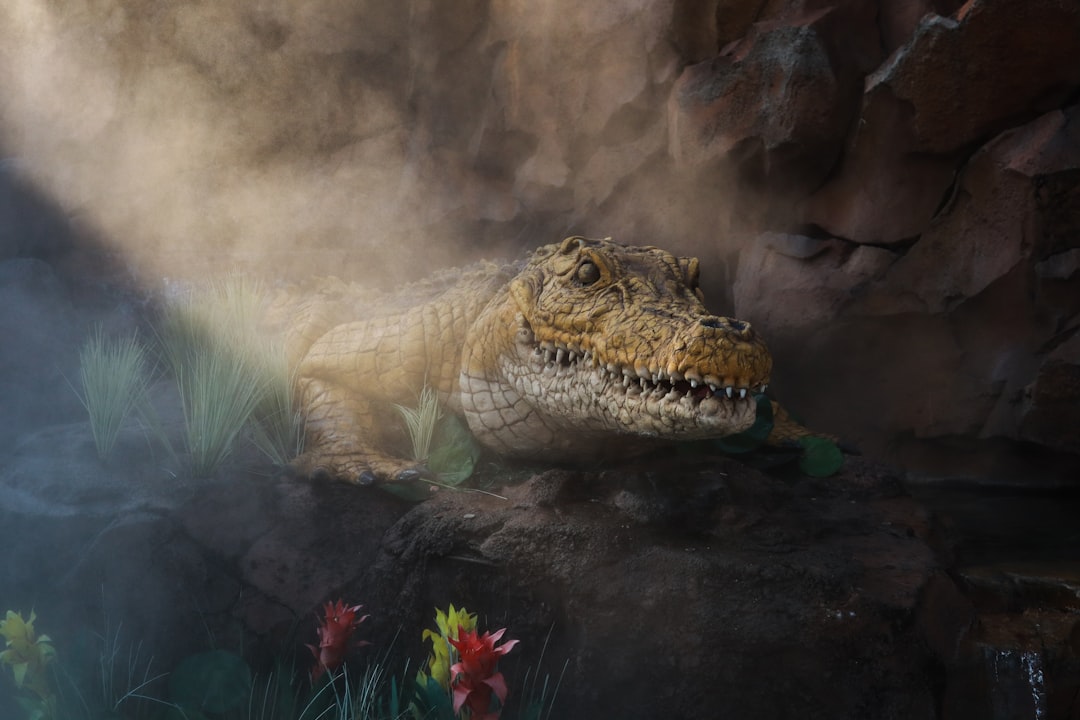
Scientists discovered a new dinosaur from Argentina with powerful claws, feasting on an ancient crocodile bone, with the new find possibly 23 feet long and hailing from a mysterious group of dinosaurs called megaraptorans. Megaraptorans were known for their stretched-out skulls and “huge and very powerful claws.”
Ibiricu named the new dinosaur in memory of his son Joaquin, and while Joaquin was very young and hadn’t yet developed a fascination with dinosaurs, Ibiricu still thinks he would have appreciated being named after one, saying “All children love dinosaurs so he would probably be a fan too.” This discovery provides crucial insights into how these mysterious predators hunted and where they fall on the evolutionary timeline.
The Oldest North American Dinosaur Rewrites History
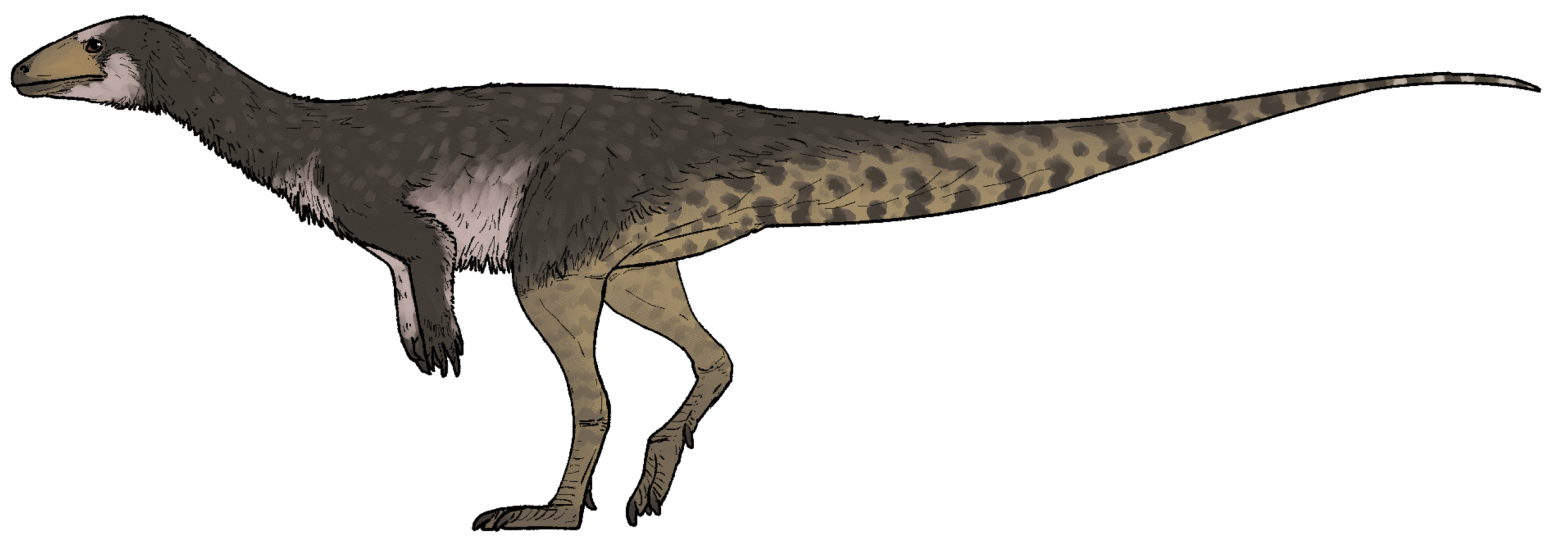
Ahvaytum bahndooiveche is now the oldest known Laurasian dinosaur, and with fossils estimated to be around 230 million years old, it’s comparable in age to the earliest known Gondwanan dinosaurs. It was basically the size of a chicken but with a really long tail.
Researchers performed high-precision radioisotopic dating of rocks in the formation that held Ahvaytum’s fossils, which revealed that the dinosaur was present in the northern hemisphere around 230 million years ago. This discovery challenges existing ideas about when and where dinosaurs first appeared, showing they were thriving in North America much earlier than previously believed.
Brazil’s Fatal Bone Disease Outbreak
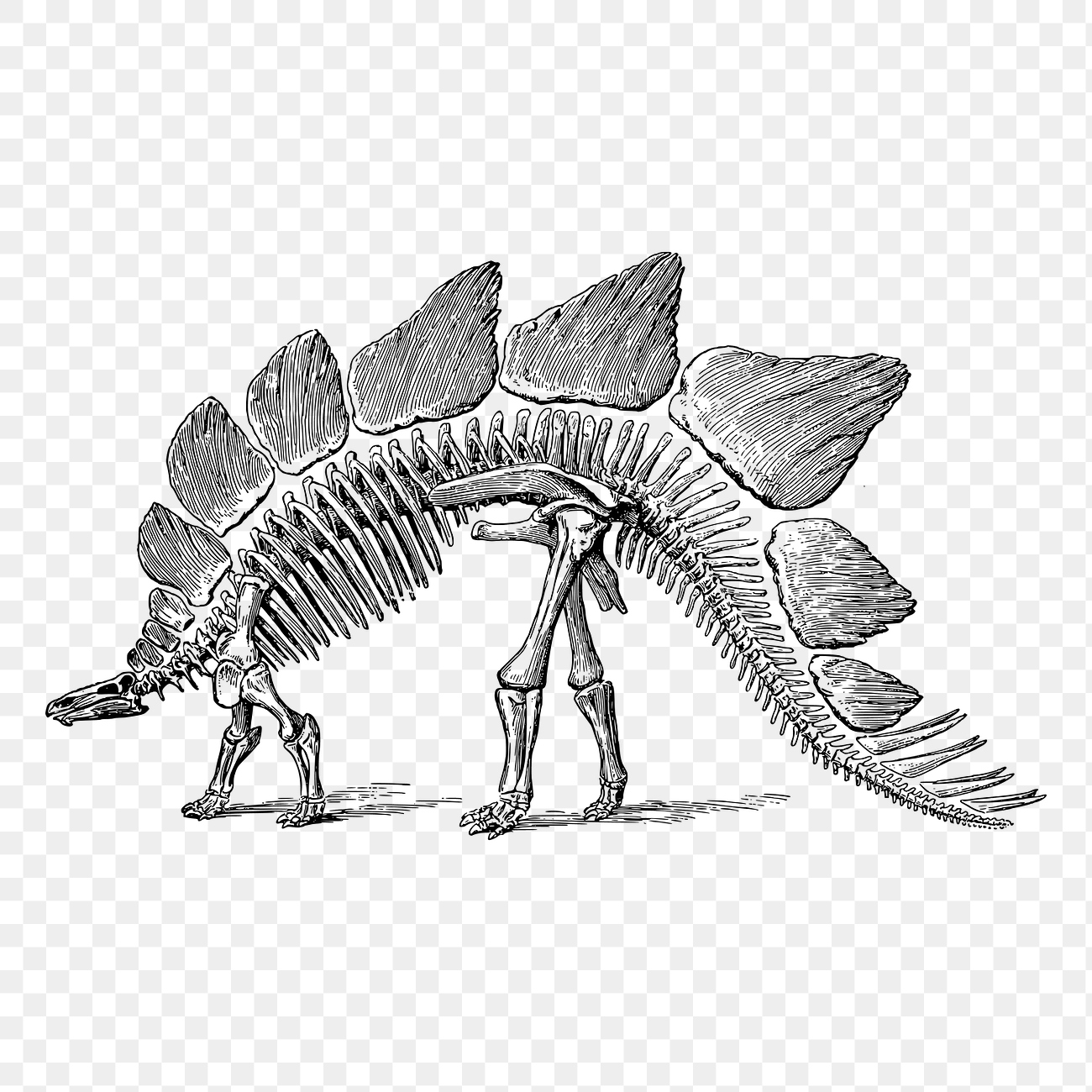
Researchers found signs of osteomyelitis, a bone disease that can be caused by bacteria, viruses, fungi, or protozoa, in the fossils of six individuals from the Cretaceous period, approximately 80 million years ago. The bones show no signs of regeneration, suggesting that the animals died with the disease still active, probably as a result of it.
This environment probably favored pathogens, which may have been transmitted by mosquitoes or by the water itself that was ingested by the fauna, which included dinosaurs, turtles, and animals similar to today’s crocodiles. The discovery offers a rare glimpse into how disease affected these ancient giants, showing that even the mightiest sauropods weren’t immune to microscopic threats.
Mongolia’s Small but Mighty T. Rex Relative
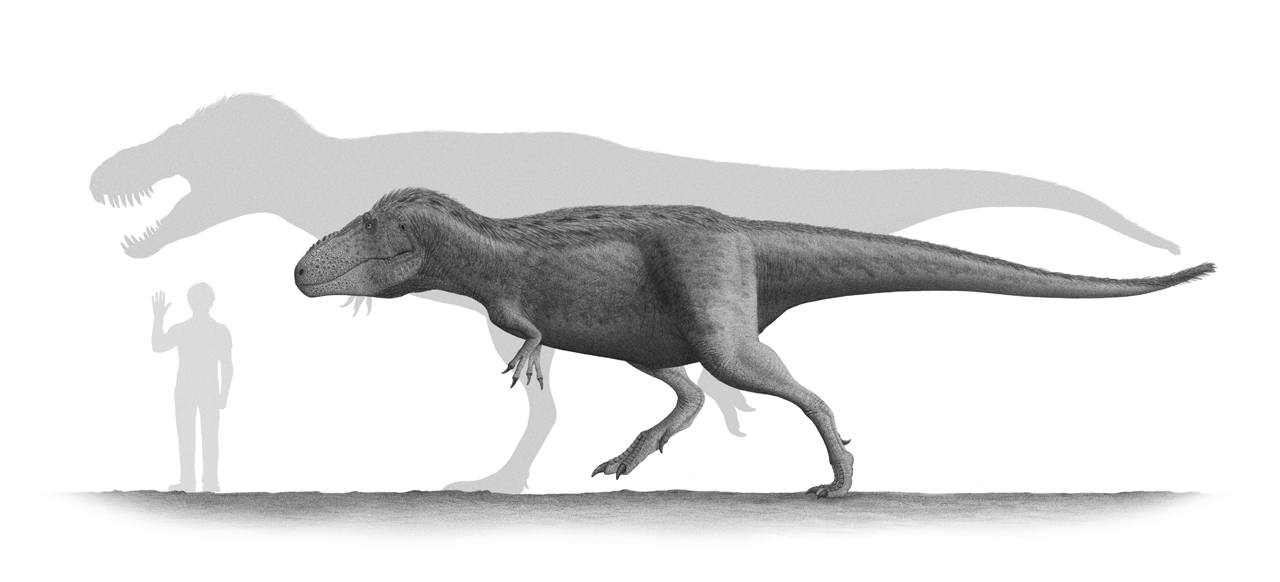
Khankhuuluu mongoliensis is a “relatively small” Tyrannosaur, with the specimen likely about 1,700 pounds and 13 feet in length, making it an agile runner. The fossils, two partial skeletons found in Gobi Desert in Mongolia in the 1970s, were recently reanalyzed after they were initially attributed to a meat-eating dinosaur called electrosaurus.
The specimen was an immediate relative of the Eutyrannosaurias, which originated in North America and included T. rex, and was also a close ancestor to the “massive, deep-snouted” Tyrannosaurini, as well as the much smaller and shallow-snouted Alioramini. This rediscovered dinosaur is helping scientists piece together the complex family tree of tyrannosaurs.
Argentina’s Gentle Giant Titanosaur

National Geographic Explorer Diego Pol and a team identified a new long-necked dinosaur species, Chadititan calvoi, which belongs to the Rinconsaurian group, known for their uniquely slender bodies compared to other titanosaurs. Chadititan was a small, slender dinosaur estimated to measure about 7 meters in length, with well-preserved bones showing that it had elongated vertebrate and delicate limb bones that set it apart from its relatives.
One of the most remarkable aspects of the discovered fauna is the overwhelming abundance of freshwater turtles, which make up more than 90% of the recovered fossils, which is highly unusual, as in coeval sites from North America and Europe, turtles rarely account for more than 50% of the fauna. This discovery helps paint a clearer picture of South American ecosystems as the continents drifted apart during the Cretaceous.
Conclusion
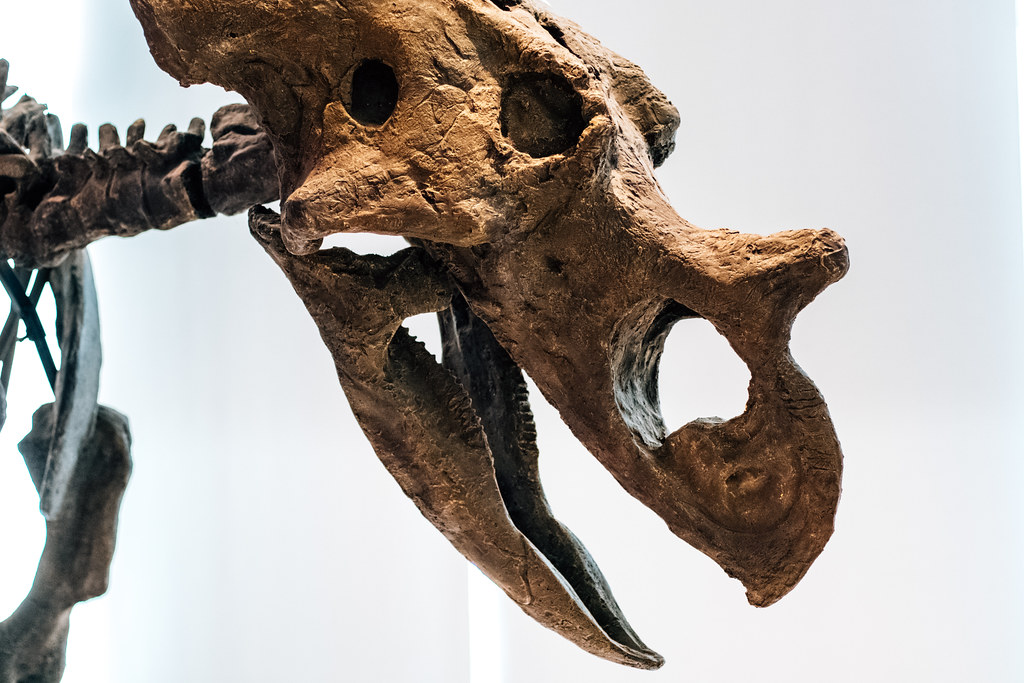
These eight recent discoveries showcase just how much we still have to learn about dinosaurs and their ancient world. From punk rock armor to deadly diseases, these findings remind us that prehistoric life was far more complex and surprising than we ever imagined.
Each fossil tells a unique story about survival, evolution, and the incredible diversity of life that once ruled our planet. What do you think about these amazing discoveries? Tell us in the comments.

